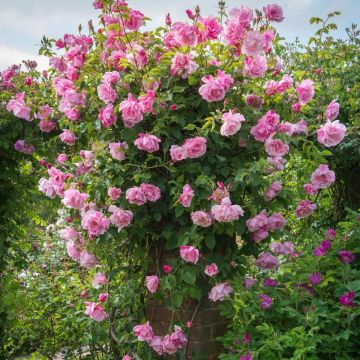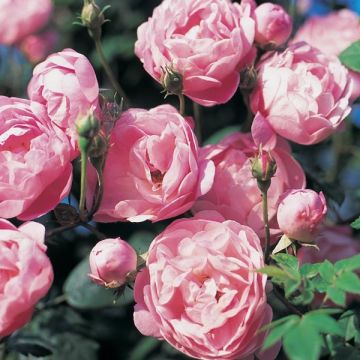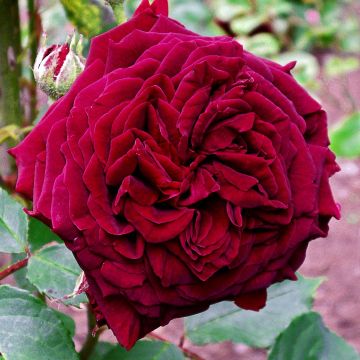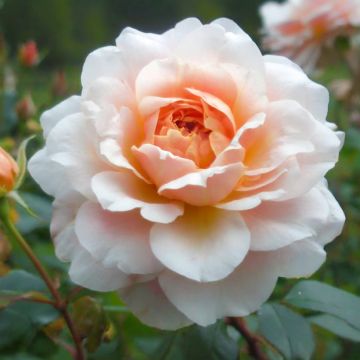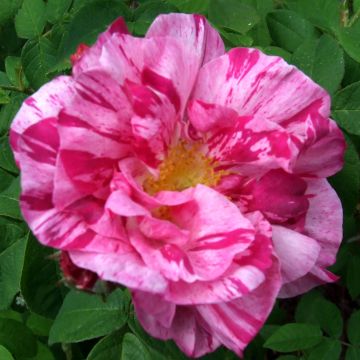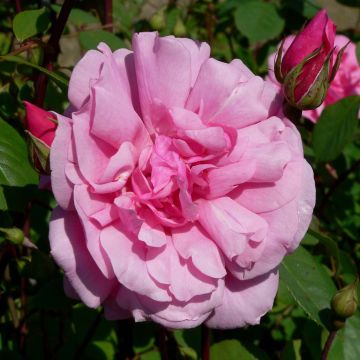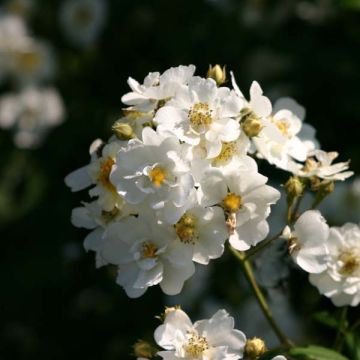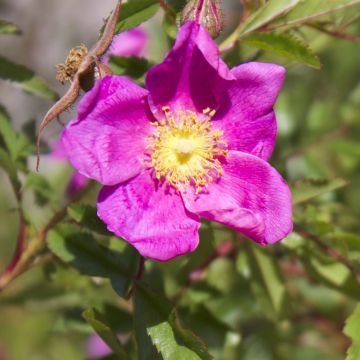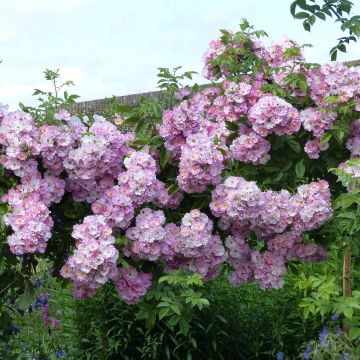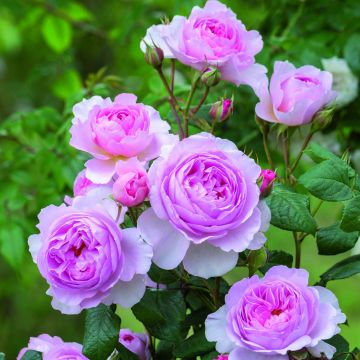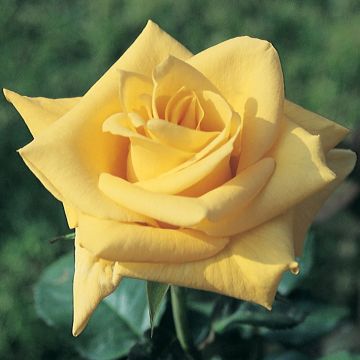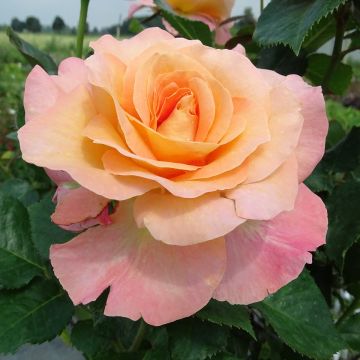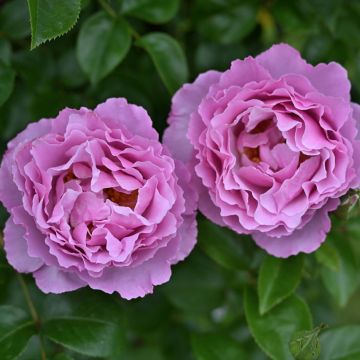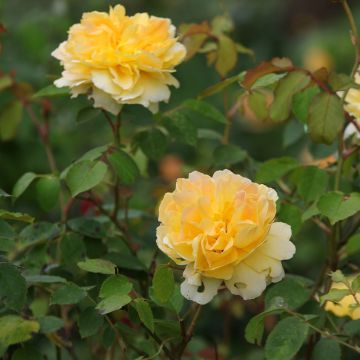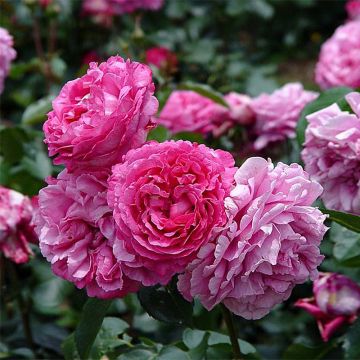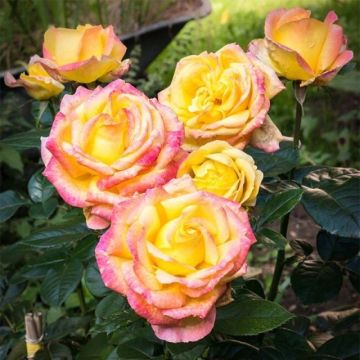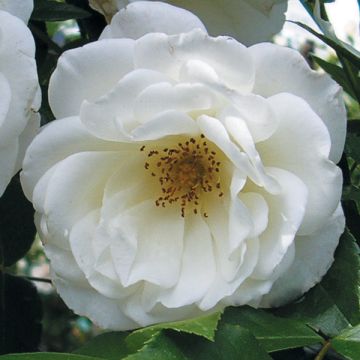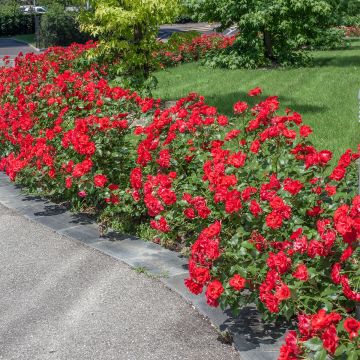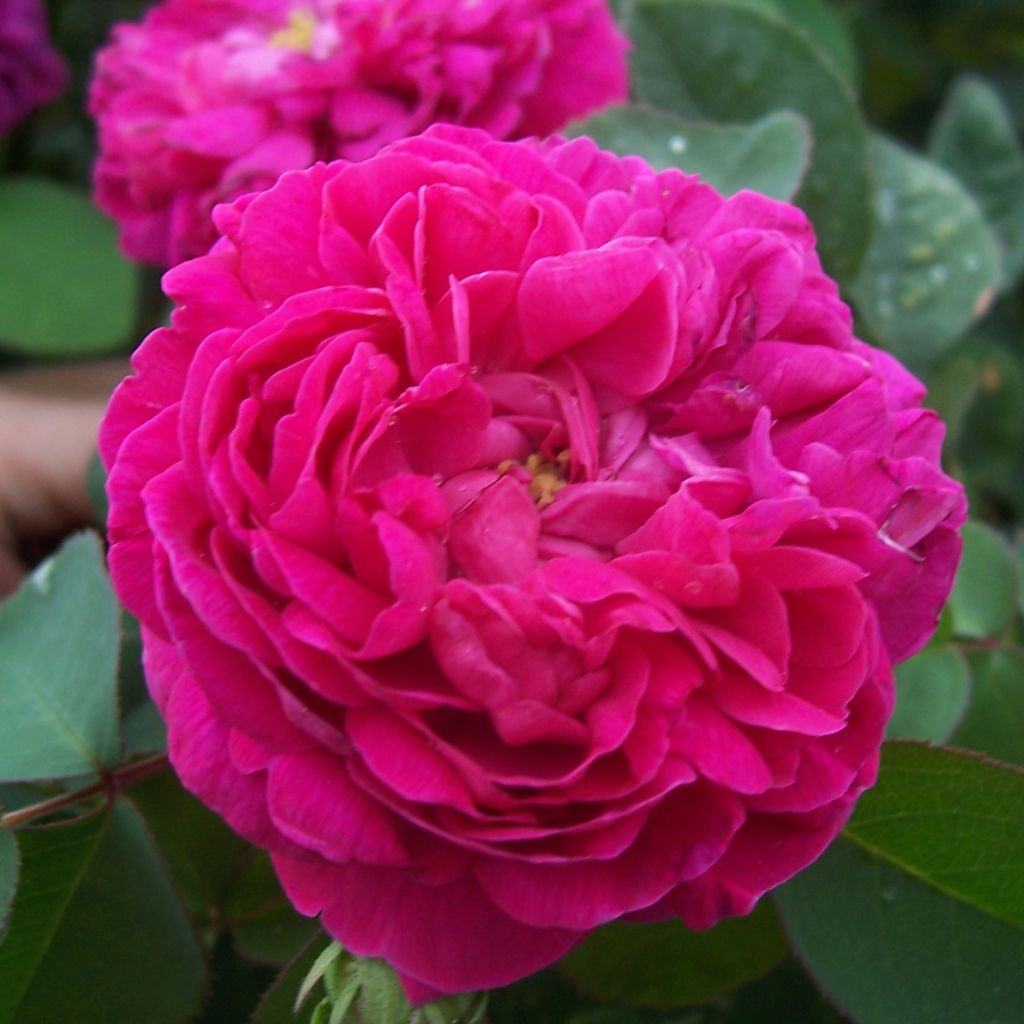

Rosa De Resht - Damask Rose
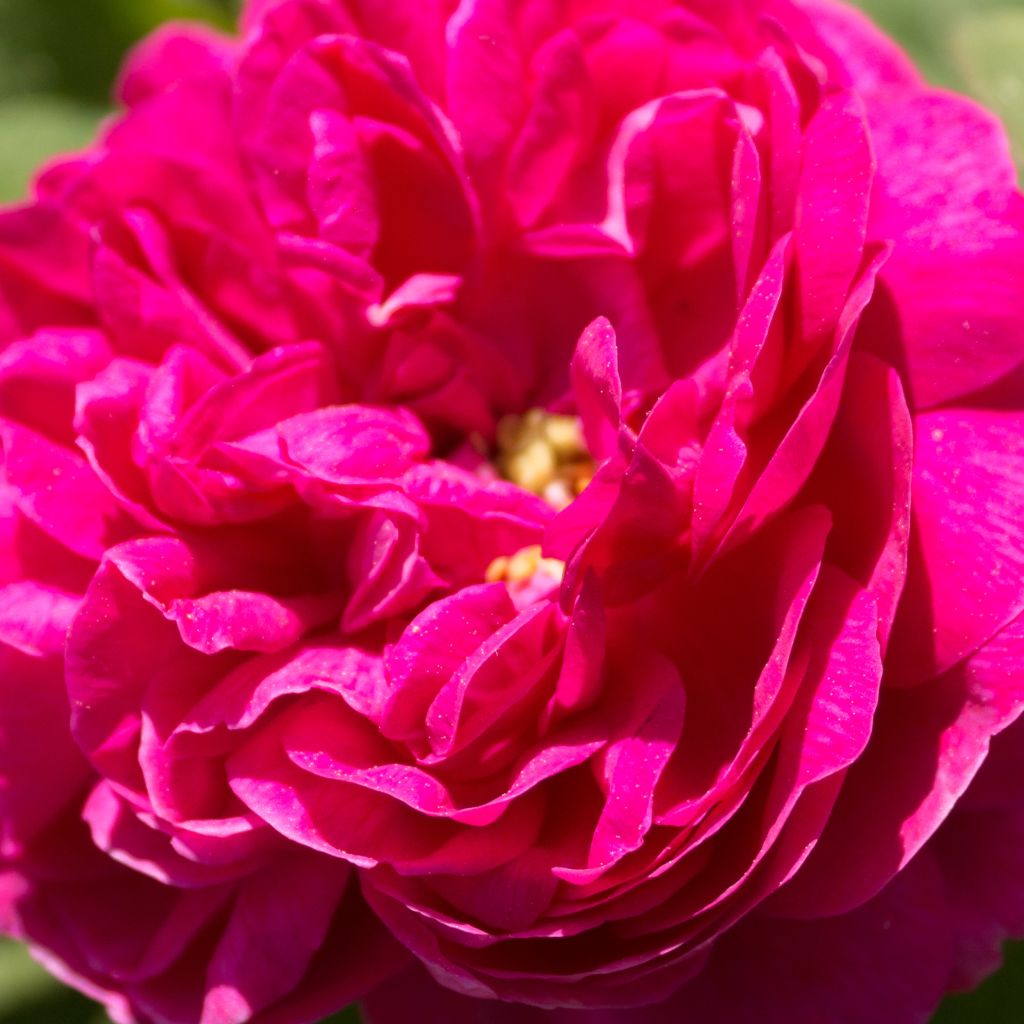

Rosa De Resht - Damask Rose
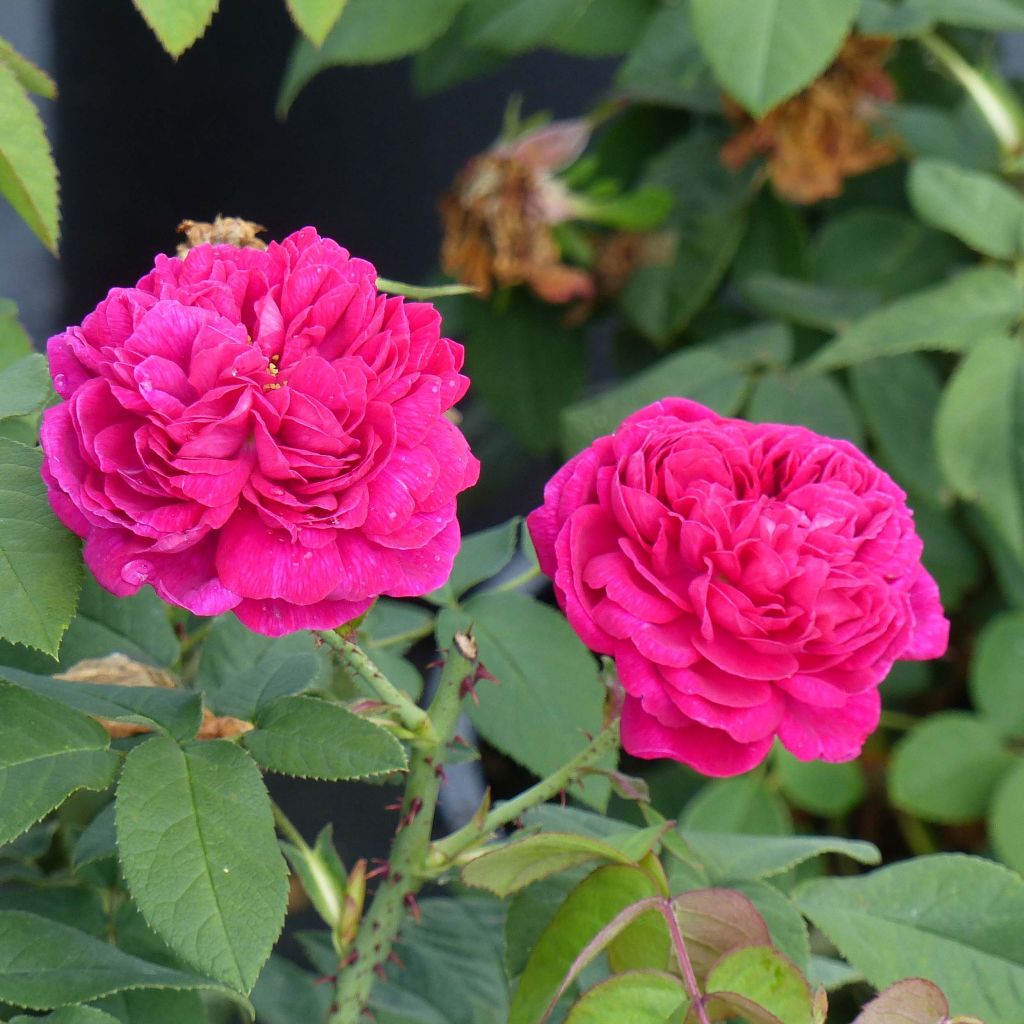

Rosa De Resht - Damask Rose
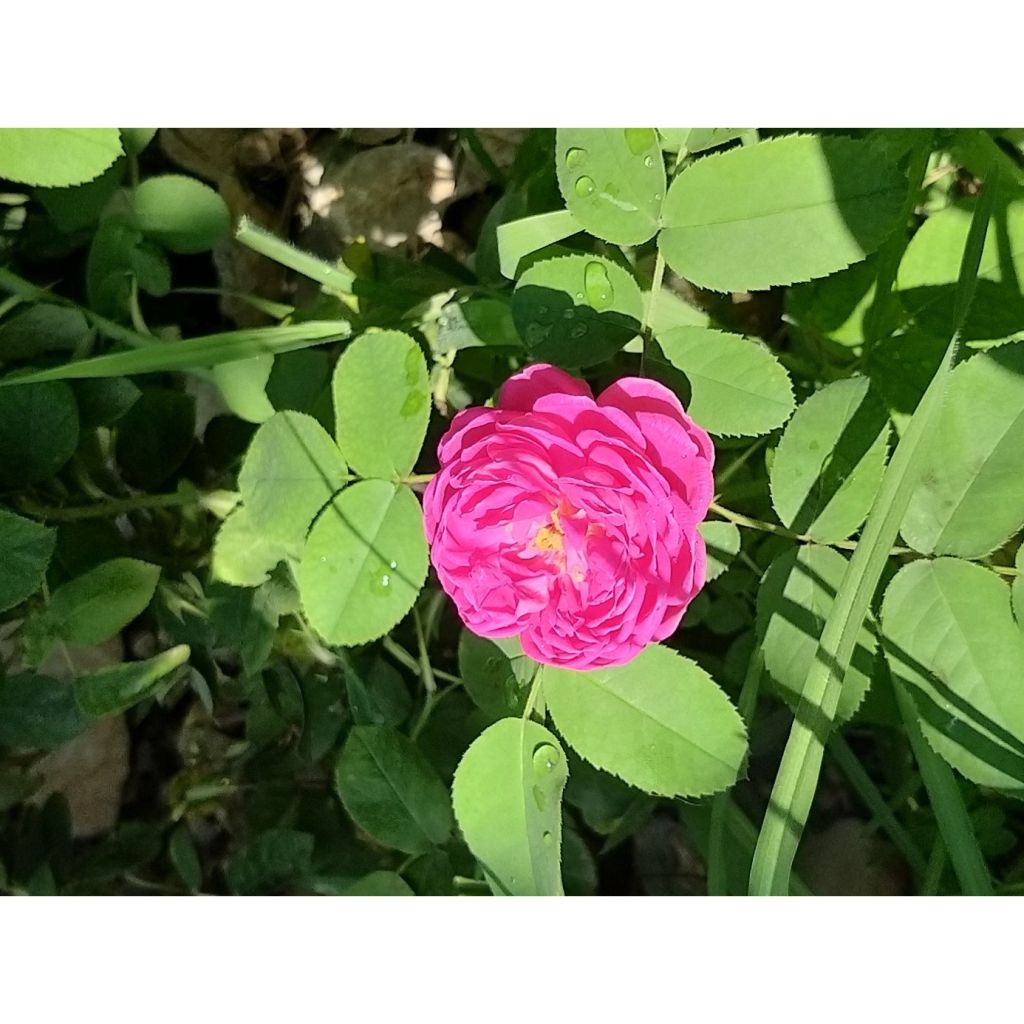

Rosa De Resht - Damask Rose
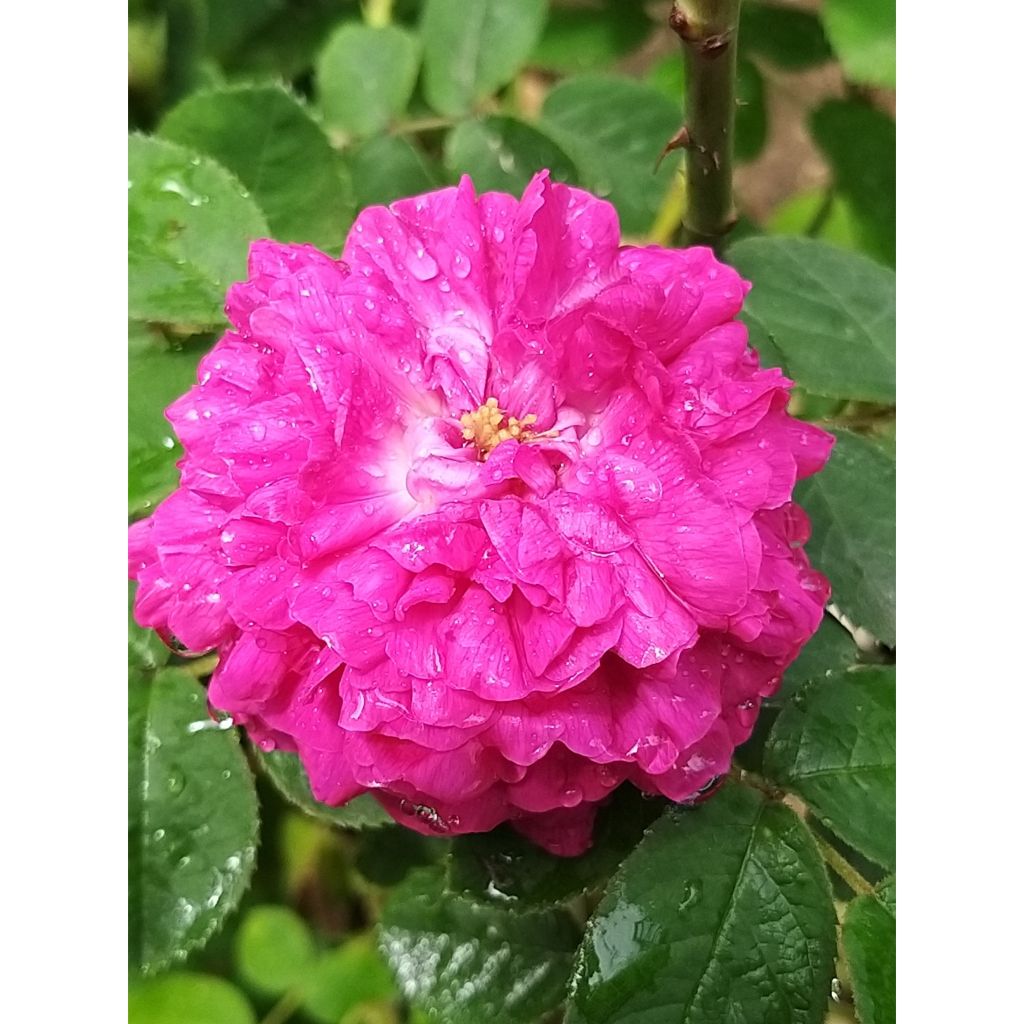

Rosa De Resht - Damask Rose
Rosa De Resht - Damask Rose
Rosa x damascena (Portland) Rose de Rescht
Damask Rose
This item cannot be shipped to the selected country
Delivery charge from €5.90
Delivery charge from €5.90
Delivery charge from €5.90
Delivery to Corse prohibited
More information
Schedule delivery date,
and select date in basket
This plant carries a 24 months recovery warranty
More information
We guarantee the quality of our plants for a full growing cycle, and will replace at our expense any plant that fails to recover under normal climatic and planting conditions.
From €5.90 for pickup delivery and €6.90 for home delivery
Express home delivery from €8.90.
From €5.90 for pickup delivery and €6.90 for home delivery
Express home delivery from €8.90.
From €5.90 for pickup delivery and €6.90 for home delivery
Express home delivery from €8.90.
Delivery to Corse prohibited: UE law prohibits the import of this plant from mainland France to Corse as part of the fight against Xylella fastidiosa. Please accept our sincere apologies.
More information

Does this plant fit my garden?
Set up your Plantfit profile →
Description
Rosa 'De Resht' used to be found in many flower gardens, growing on its own without any maintenance in a somewhat neglected area of the garden where one would go to pick its budding branches to compose generous bouquets. It is an old abundant, fearless, and charming rose that forms a wide and bushy bush with dark foliage where small bouquets of small, tightly packed roses nestle, ranging from a light red colour to fuchsia pink, and then turning magenta pink. This fragrant flowering is abundant in spring, and again at the end of summer if the plant is well nourished and watered. It is truly easy to care for, hardy, disease-free, and even easy to fit into a small garden. A variety accessible to all gardeners, even beginners.
Rosa 'De Resht' is a very old hybrid variety, whose origin is lost in ancient Persia, from where it was brought back to England in 1840 by Miss Nancy Lindsay. It belongs to the complex family of Damask roses. Rosa 'De Resht' forms a robust bush with a slightly spreading compact habit and luxuriant foliage, which will not exceed 1 to 1.2 metres (3 feet 4 inches to 3 feet 11 inches) in height and 1.2 metres (3 feet 11 inches) in width. Its deciduous foliage, with a leathery appearance, is carried by strong stems, armed with robust curved prickles accompanied by stiff hairs. The leaves are divided into 5 leaflets (rarely 7), dark green in colour, with an excellent disease resistance. It blooms abundantly in mid-June, and again in September-October, if faded flowers are removed. It produces small clusters of tightly packed rose pompoms, 5 to 6cm (2 to 2.4in) wide, with very short peduncles, so that they just emerge from the foliage. The scent of these roses is powerful, wonderful, enchanting, typical of the Damask rose from which a highly prized essential oil is extracted. Note that Rosa 'De Resht' is particularly hardy.
With Rosa 'De Resht', which is quite easy to propagate, you can create a nearly maintenance-free rose hedge at a low cost, yet very beautiful. With its moderate growth and easy cultivation, it is easy to establish in all gardens, even smaller ones. If you have limited space and little experience in the matter, opt for this generous and undemanding rose. In flower beds, its roses go well with all kinds of perennials and bushes without any fuss, such as catmints, cotton lavenders, Stachys byzantina, white foxgloves, or paniculate baby's breath. It will also thrive when planted alone, along a path or not far from the terrace, to enjoy its fragrance until late in the season if autumn is mild.
If you have enough space, English, Old, or Shrub Roses are beautiful planted in groups of three. They will grow together to form a lovely mass that will flower even more generously.
Report an error about the product description
Rosa De Resht - Damask Rose in pictures
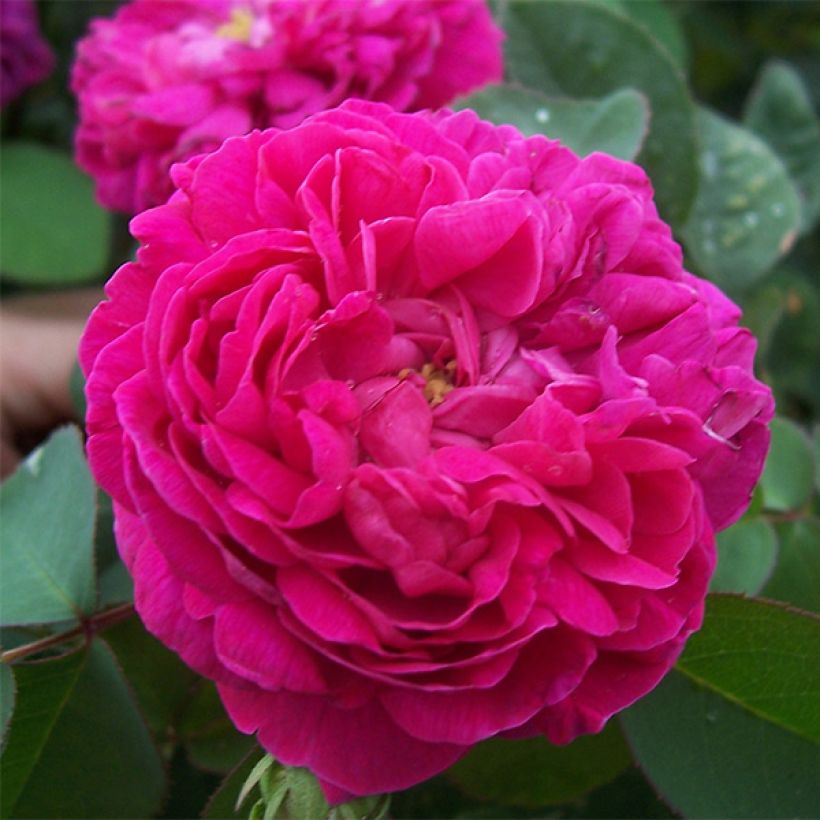

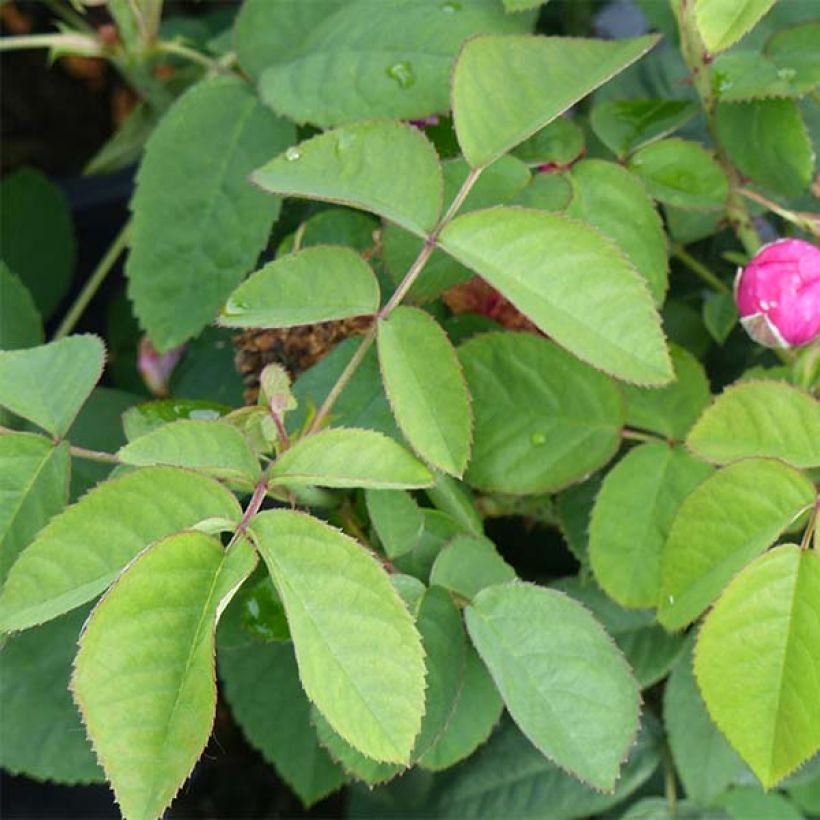

Plant habit
Flowering
Foliage
Botanical data
Rosa
x damascena (Portland)
Rose de Rescht
Rosaceae
Damask Rose
Cultivar or hybrid
Rosa canina Laxa (4L/5L pot, Wrapped bare root)
Other Traditional Roses
Planting and care
Plant your Rosa 'De Resht' in a sunny or semi-shady position, which it tolerates well in hot climates. Old roses are tolerant but do not appreciate excessive limestone. They will adapt to any garden as long as the soil is well worked, deep enough, not too heavy, and fertile. To install your rose, work the soil by crumbling it well and put an amendment, such as dried blood or dehydrated horn, at the bottom of the planting hole. Water generously after planting to remove air pockets, and water regularly during dry weather for the first two years. Water regularly for a few weeks to facilitate root development.
Roses are often stained or unsightly at the end of summer, but it is not a problem for their development. These spots are not dangerous for the rose; it is a natural phenomenon.
Planting period
Intended location
Care
-
, onOrder confirmed
Reply from on Promesse de fleurs
Roses by purpose
Haven't found what you were looking for?
Hardiness is the lowest winter temperature a plant can endure without suffering serious damage or even dying. However, hardiness is affected by location (a sheltered area, such as a patio), protection (winter cover) and soil type (hardiness is improved by well-drained soil).

Photo Sharing Terms & Conditions
In order to encourage gardeners to interact and share their experiences, Promesse de fleurs offers various media enabling content to be uploaded onto its Site - in particular via the ‘Photo sharing’ module.
The User agrees to refrain from:
- Posting any content that is illegal, prejudicial, insulting, racist, inciteful to hatred, revisionist, contrary to public decency, that infringes on privacy or on the privacy rights of third parties, in particular the publicity rights of persons and goods, intellectual property rights, or the right to privacy.
- Submitting content on behalf of a third party;
- Impersonate the identity of a third party and/or publish any personal information about a third party;
In general, the User undertakes to refrain from any unethical behaviour.
All Content (in particular text, comments, files, images, photos, videos, creative works, etc.), which may be subject to property or intellectual property rights, image or other private rights, shall remain the property of the User, subject to the limited rights granted by the terms of the licence granted by Promesse de fleurs as stated below. Users are at liberty to publish or not to publish such Content on the Site, notably via the ‘Photo Sharing’ facility, and accept that this Content shall be made public and freely accessible, notably on the Internet.
Users further acknowledge, undertake to have ,and guarantee that they hold all necessary rights and permissions to publish such material on the Site, in particular with regard to the legislation in force pertaining to any privacy, property, intellectual property, image, or contractual rights, or rights of any other nature. By publishing such Content on the Site, Users acknowledge accepting full liability as publishers of the Content within the meaning of the law, and grant Promesse de fleurs, free of charge, an inclusive, worldwide licence for the said Content for the entire duration of its publication, including all reproduction, representation, up/downloading, displaying, performing, transmission, and storage rights.
Users also grant permission for their name to be linked to the Content and accept that this link may not always be made available.
By engaging in posting material, Users consent to their Content becoming automatically accessible on the Internet, in particular on other sites and/or blogs and/or web pages of the Promesse de fleurs site, including in particular social pages and the Promesse de fleurs catalogue.
Users may secure the removal of entrusted content free of charge by issuing a simple request via our contact form.
The flowering period indicated on our website applies to countries and regions located in USDA zone 8 (France, the United Kingdom, Ireland, the Netherlands, etc.)
It will vary according to where you live:
- In zones 9 to 10 (Italy, Spain, Greece, etc.), flowering will occur about 2 to 4 weeks earlier.
- In zones 6 to 7 (Germany, Poland, Slovenia, and lower mountainous regions), flowering will be delayed by 2 to 3 weeks.
- In zone 5 (Central Europe, Scandinavia), blooming will be delayed by 3 to 5 weeks.
In temperate climates, pruning of spring-flowering shrubs (forsythia, spireas, etc.) should be done just after flowering.
Pruning of summer-flowering shrubs (Indian Lilac, Perovskia, etc.) can be done in winter or spring.
In cold regions as well as with frost-sensitive plants, avoid pruning too early when severe frosts may still occur.
The planting period indicated on our website applies to countries and regions located in USDA zone 8 (France, United Kingdom, Ireland, Netherlands).
It will vary according to where you live:
- In Mediterranean zones (Marseille, Madrid, Milan, etc.), autumn and winter are the best planting periods.
- In continental zones (Strasbourg, Munich, Vienna, etc.), delay planting by 2 to 3 weeks in spring and bring it forward by 2 to 4 weeks in autumn.
- In mountainous regions (the Alps, Pyrenees, Carpathians, etc.), it is best to plant in late spring (May-June) or late summer (August-September).
The harvesting period indicated on our website applies to countries and regions in USDA zone 8 (France, England, Ireland, the Netherlands).
In colder areas (Scandinavia, Poland, Austria...) fruit and vegetable harvests are likely to be delayed by 3-4 weeks.
In warmer areas (Italy, Spain, Greece, etc.), harvesting will probably take place earlier, depending on weather conditions.
The sowing periods indicated on our website apply to countries and regions within USDA Zone 8 (France, UK, Ireland, Netherlands).
In colder areas (Scandinavia, Poland, Austria...), delay any outdoor sowing by 3-4 weeks, or sow under glass.
In warmer climes (Italy, Spain, Greece, etc.), bring outdoor sowing forward by a few weeks.

































